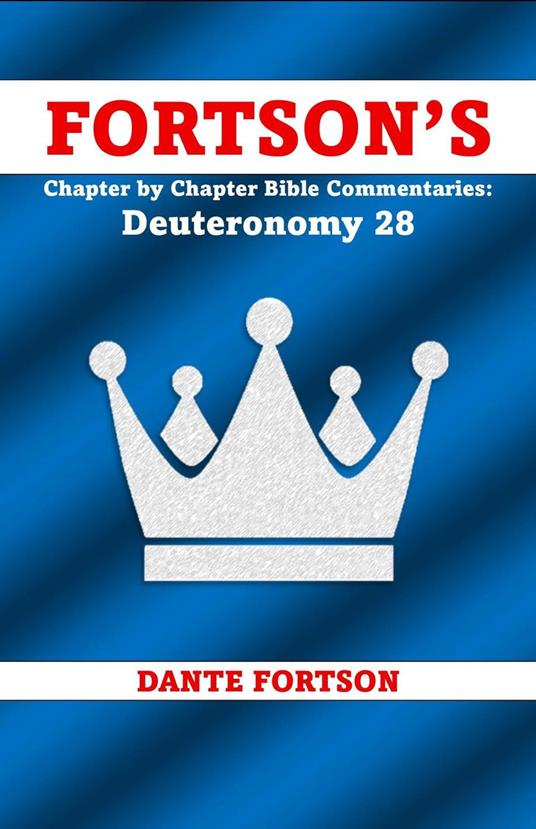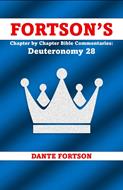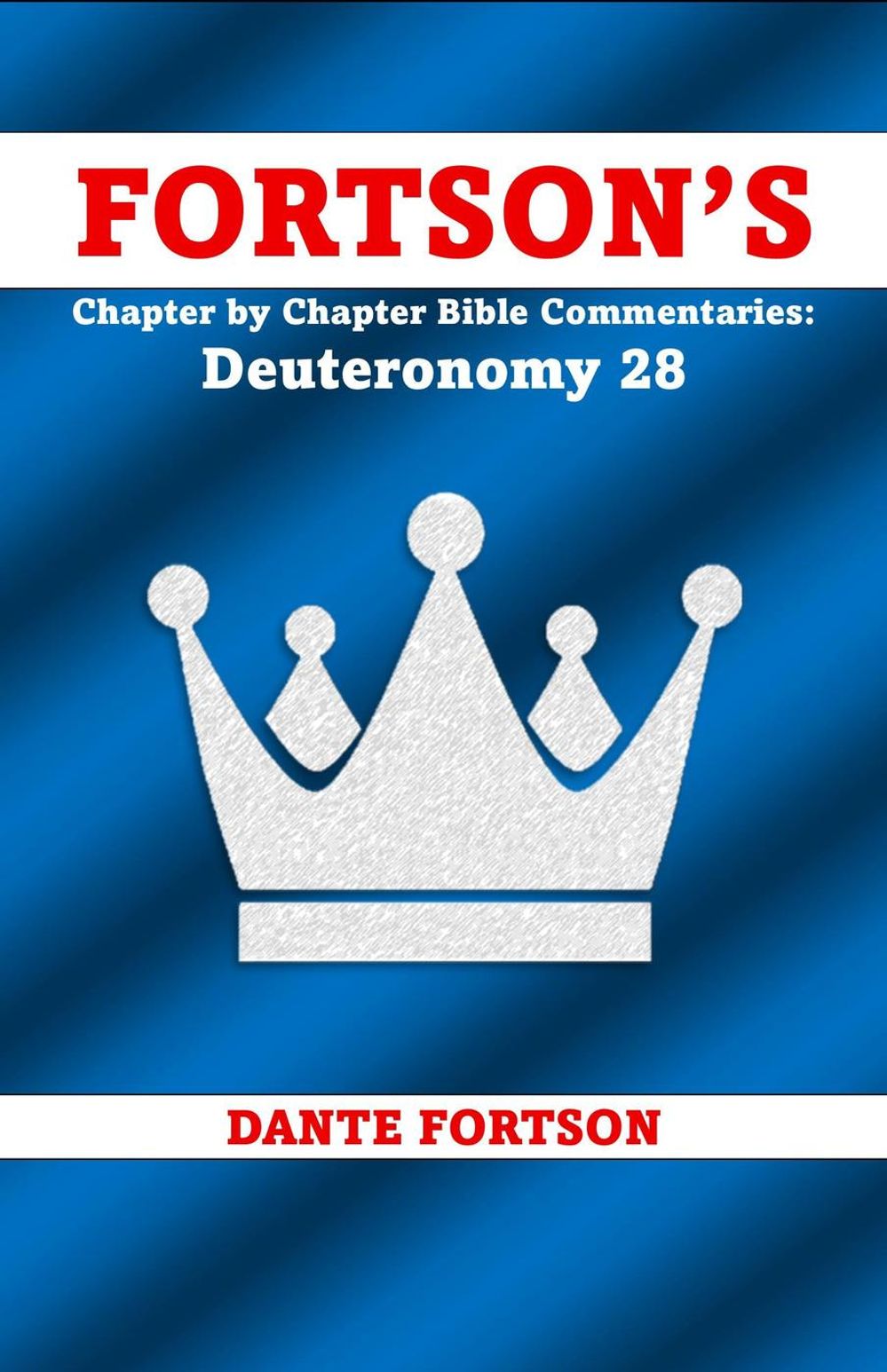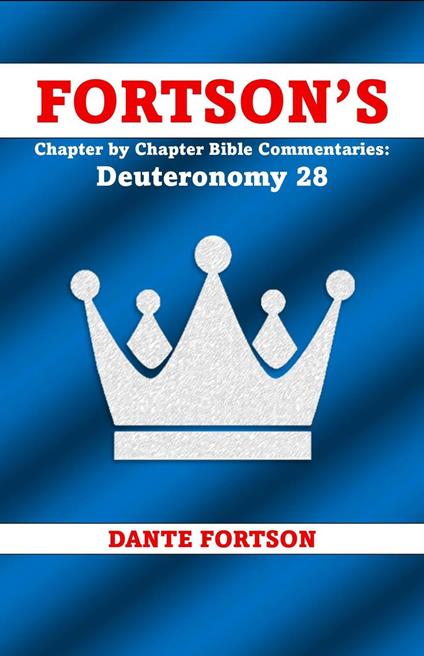Fortson’s Chapter by Chapter Bible Commentaries: Deuteronomy 28
Introduction The Moab Covenant can be found in Deuteronomy 28 and many believe it to be one of the most important covenants in the Bible. It lays out a series of future blessings and curses that would play a significant role in Israel's history. Chapters 29 – 32 build upon the terms and conditions found in Chapter 28 and contain references to the timeframe when the curses will take place in the future. These chapters were so important, that God commanded them to be read in front of the congregation every seven years during the Feast of Tabernacles, as a continual reminder. When Israel began straying from God, Solomon, Daniel, Jeremiah, and even Christ referred to the blessings and curses foretold in Deuteronomy 28 – 32, as a reminder for the nation to turn from their evil ways and back to God. Date: c. 1406 BC Writer(s): Moses, possibly Joshua, or a scribe(s). *Some scholars believe that the five books of Moses may have had up to 4 authors, known as J (Jahwist), E (Elohist), P (Priestly), and D (Deuteronomist). This belief is known as the Documentary Hypothesis. Composition Deuteronomy 28 is broken into two parts. Verses 1 – 14 deal with the blessings that God promised to bestow upon Israel if they obeyed and kept his commandments. Verses 15 – 68 deal with the curses that God would place upon Israel if they failed to keep his commandments. Viewpoints There are three major opposing viewpoints on the Moab Covenant. Major: Deuteronomy 28 is not Bible prophecy for a future date and has already been fulfilled in the past. Major: Deuteronomy 28 is Bible prophecy for a future date and the curses can be used as a sign to identify the true nation of Israel. Major: Deuteronomy 28 is completely allegorical and has a spiritual meaning rather than a literal interpretation. Importance Understanding the Moab Covenant is important when it comes to understanding and interpreting Bible prophecy as a whole. When the disciples came to Christ and asked him about the signs of his coming (Matthew 24, Mark 13, and Luke 21), he answered them by referencing various prophecies found throughout the Old Testament. Some of the signs he mentioned are found among the curses written in Deuteronomy 28:15-68. In Deuteronomy 31:29, Moses expresses to the children of Israel that these events will happen to them in the "Latter Days"; a phrase that refers to the time at which the Messiah will return and reign on earth. Understanding the context of Deuteronomy 28 also helps us understand why Christ would quote from it when answering his disciples about his return.
-
Autore:
-
Anno edizione:2025
-
Editore:
-
Formato:
-
Lingua:Inglese
Formato:
Gli eBook venduti da Feltrinelli.it sono in formato ePub e possono essere protetti da Adobe DRM. In caso di download di un file protetto da DRM si otterrà un file in formato .acs, (Adobe Content Server Message), che dovrà essere aperto tramite Adobe Digital Editions e autorizzato tramite un account Adobe, prima di poter essere letto su pc o trasferito su dispositivi compatibili.
Cloud:
Gli eBook venduti da Feltrinelli.it sono sincronizzati automaticamente su tutti i client di lettura Kobo successivamente all’acquisto. Grazie al Cloud Kobo i progressi di lettura, le note, le evidenziazioni vengono salvati e sincronizzati automaticamente su tutti i dispositivi e le APP di lettura Kobo utilizzati per la lettura.
Clicca qui per sapere come scaricare gli ebook utilizzando un pc con sistema operativo Windows



